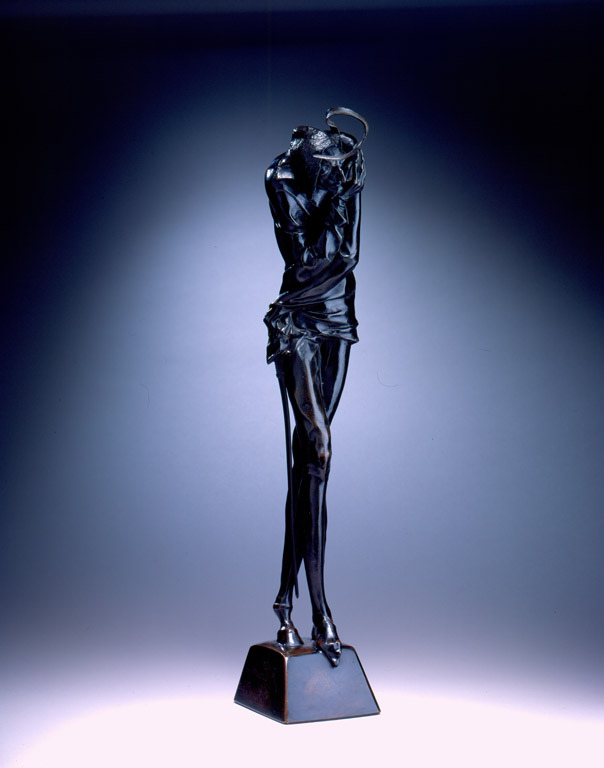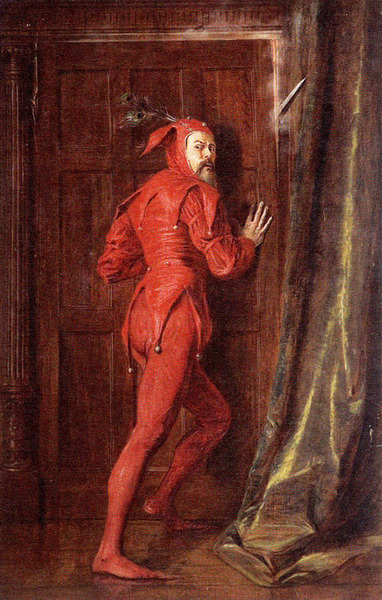The base inscribed J.GAUTIER
f. Pierre Kjellberg, Les Bronzes du XIXe Siecle, 1986, pp. 354-55
Michael Forrest, Art Bronzes, Schiffer Publications Ltd, 1988, p. 42
P. Fusco & H.W. Janson, The Romantics to Rodin, French 19th century Sculpture, Los Angeles Country Museum, 1980, p. 281
Gautier had studied under François Rude, and made his Salon debut in 1850 with a piece entitled Misery. While some artists turned to exotic, unknown cultures or the natural world for their inspiration, Gautier created characters or allegorical figures from mythology and literature. This figure, Mephistopheles, was first modelled in the early 1850s and was an immediate success. It was sent for display at the Exposition Universelle of 1855 in Paris. Mephistopheles was by this point a familiar figure: originally a demon in German folk legend, he featured in the Faust legend and ultimately became a stock character representing the devil. At around the same time, Gautier also modelled a piece titled Macbeth, inspired by the witches from Shakespeare’s play.
In the late 1850s, the fondeurs Duplan and Salles began editing this piece, and such was its popularity that A. Busquet, a critic at the journal L’Artiste, wrote, ‘They have edited this strange Mephistopheles with a long and grimacing profile which one can see, not without some surprise, in the showrooms of the principal stores in Paris’. An important patron, the Duchess of Alba, acquired a cast of this model for the cabinet of Napoleon III.
A slightly smaller cast of this model is held in the collections of the High Museum of Art, Atlanta.



















